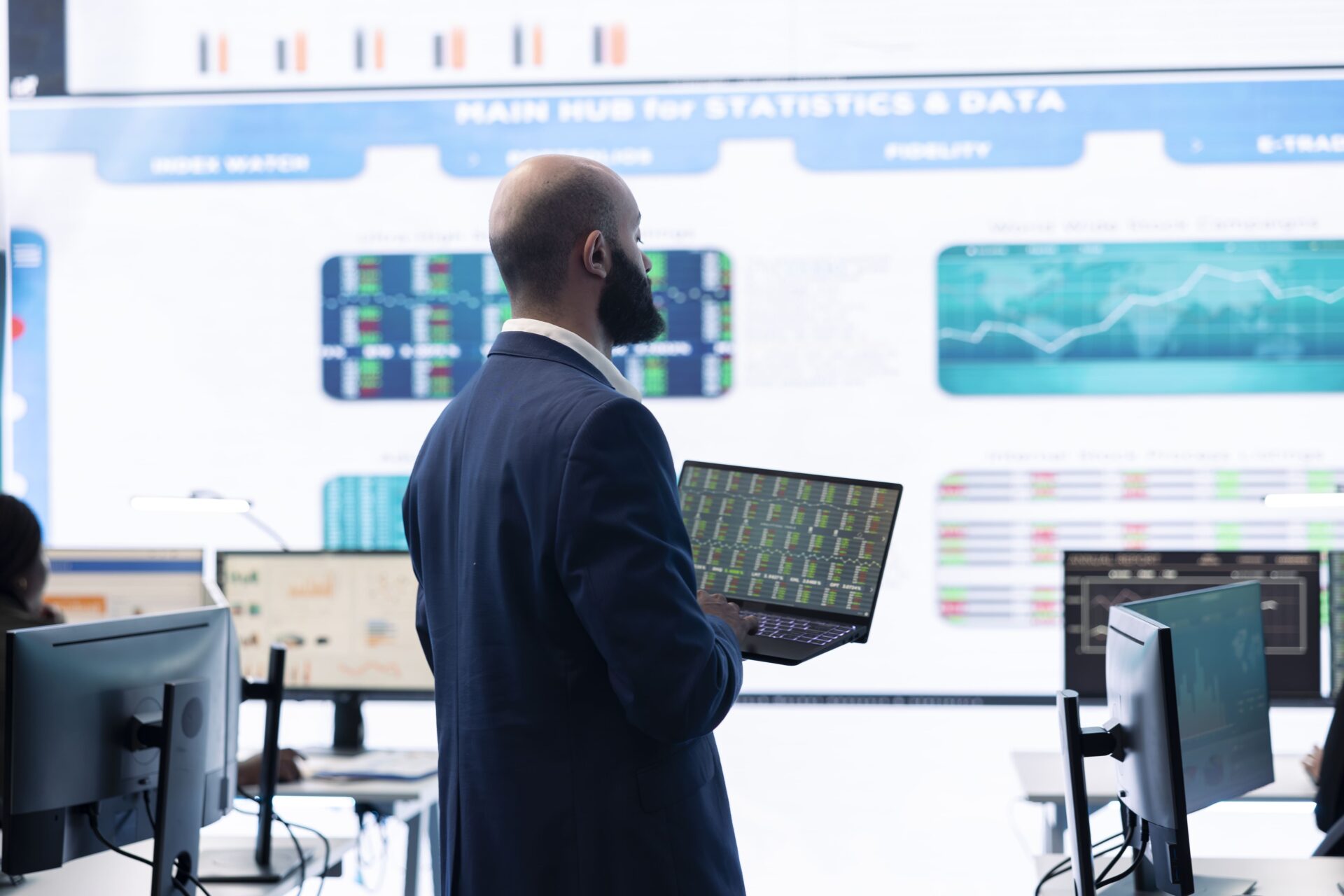Designing innovative business and process architectures that align capabilities, optimise operations, and deliver exceptional customer experiences.
As markets grow more competitive and customer expectations continue to soar, businesses face mounting pressure to deliver efficient, reliable, and value-driven services. Traditional operating models often fail to meet these demands, leading to inefficiencies, margin strain, and fragmented customer experiences. To remain competitive, organisations must adopt a Target Operating Model (TOM) that integrates human capabilities with digital technologies, enabling agility, value creation, and superior customer satisfaction.
Our Approach
We begin by assessing your current business and process architecture to uncover inefficiencies and areas for improvement:
- Model current operations, including high-level business context, data flows, and detailed processes (level 3–5 process maps).
- Highlight inefficiencies such as waste, rework, bottlenecks, fragmented information access, and long cycle times.
- Identify gaps in capabilities, particularly in critical areas like customer engagement and channel management, that impact your competitive strategy.
End Result: A clear understanding of your current operations and pain points, setting the foundation for transformation.
Design the TO-BE
Solutions Architecture
We craft a comprehensive Target Operating Model (TOM) tailored to your strategic objectives, which includes:
- Streamlined customer journeys, integrating front-end and back-end systems for process transparency and efficiency.
- A balanced human and technology structure, supported by digital assets like RPA, AI, and integration layers.
- Data models and business rules that ensure process consistency, speed, and customer-centric outcomes.
End Result: A future-ready architecture that enables agility, enhances customer experience, and drives operational efficiency.
Plan and Implement the Transformation
We guide you through the implementation of the recommended architecture using customised delivery frameworks:
- Develop a practical roadmap, leveraging Waterfall, Agile, or Hybrid methodologies tailored to your needs.
- Establish clear portfolio and product backlogs to prioritise and manage the transformation journey.
- Support your team in executing the change, ensuring a seamless transition to the new operating model.
End Result: A successfully implemented architecture that transforms your organisation into a resilient, customer-focused leader in your market.
Additional Insights

Analysing Organisations to Improve Performance

